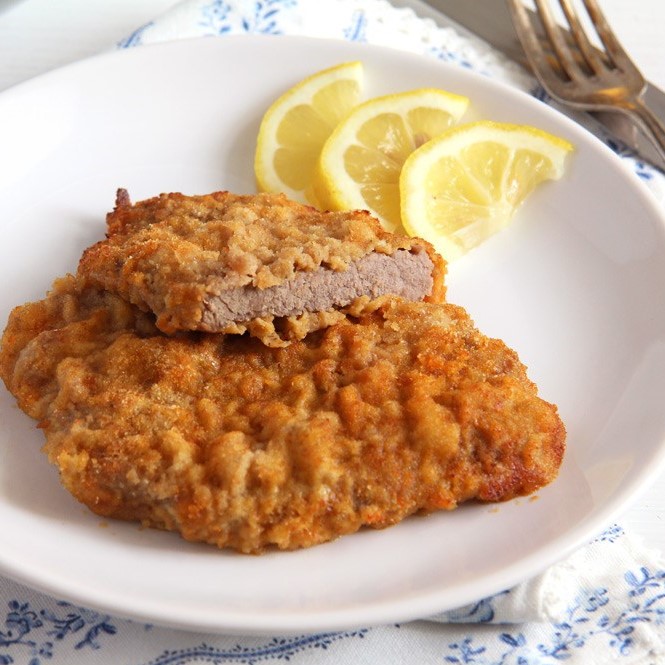A QUICK HISTORY

Once apart of the Holy Roman Empire Austria gained it’s independence under the Habsburg and has been a strong culture cornerstone of central Europe. The House of Habsburg used marital policies to expand its territory into Burgundy and the Netherlands, and Spain. In 1522, the Habsburg dynasty was divided into a Spanish and an Austrian line.
Brimming with ethnic tensions and locked into a rigid system of alliances from the 19th century wars, the Austro-Hungarian monarchy was a catastrophe waiting to happen. The necessary spark was the assassination of the Austrian archduke and heir to the throne, Franz Ferdinand in June 1914 in Sarajevo. The end of World War I brought the death Emperor Franz Joseph and an end to the Habsburg line which had lasted centuries. The country was vulnerable to German invasion in World War II until they were liberated by the allied forces towards the end of the war. Since the end of the war, the mountainous country has enjoys a stable, peaceful existence, governed by a parliament based democratic system.
FAMOUS FOODS
Wienerschnitzel

Also known as Vienna Schnitzel, Wienerschnitzel is the national dish of Austria. It typically consists of a small piece of veal and is typically served with a lemon slice and potato salad. It is customary to squeeze the lemon on the veal before consuming, as it can add depth and a fresh flavor. This dish is served in large portions so make sure you bring your appetite to the table!
If you are not a fan of veal, don't fret! This dish has many different varieties, particular to there respective regions in the country. The main component of the dish is a fillet of meat that that has been tenderized, coated in flour, eggs, and bread crumbs, and is lastly fried in oil or fat. These meat substitutes tend to be chicken, turkey, or pork.
Wiener Würstels

This dish, also known as Vienna Sausages, is one of the more notable street foods of Austria. It comes in many different forms, such as cheese stuffed, bun käsekrainer(hot-dog style as we would say), and even Bosna--a spicy bratwurst sausage. This food is typically served with mustard and beer!
Tafelspitz

This dish is typically made with veal or beef that has been boiled in spiced broth with root vegetables. It is customary to serve minced apples and horseradish or potatoes with sour cream and chives along side this dish.
Sachertorte

Getting into the sweeter side of things, this dish is famous in Vienna, this dish is known for its dense, rich, dark chocolate cake. Covered with a dark chocolate mirrored icing, and with a layer of apricot jam in the middle, this cake is sure to be a crowd pleaser!
Palatschinken

This delicious dessert consists of thin pancakes that are spread with a scoop of apricot jam or vanilla ice cream. They are then rolled or folded so that you can enjoy it easily!
Kaiserschmarrn

Last, but certainly not least, this dessert in known as "the emperor's pancake"! It was named after Franz Joseph, an Austrian Emperor. This yummy treat is fried, fluffy pancakes that have been chopped up and tossed with apples, raisins, or nuts and topped with confectionery sugar.
CULTURE

The culture of Austria is largely influenced by its past and present neighboring countries of Italy, Poland, Germany, Hungary, and Bohemia. As a result of Austria being surrounded by many neighboring countries, most Austrians are multi-lingual. The official language of Austria is German, but, depending on the region in which they live, Austrians may speak Turkish, Serbian, Italian, and English.
In addition to language, music also has an important role in Austrian culture. Vienna, Austria has long been considered the capital of music in Europe with famous composers Johann Strauss, Joseph Hayden, and Wolfgang Amadeus Mozart having learned, composed, taught, and played there. Vienna is also home to famous music halls such as the Golden Hall, Vienna State Opera, and the Musikverein. Austria serves as the backdrop for the famous musical and film, The Sound of Music.
Apart from language and music, sports also has a great influence on Austrian culture. Some of the globe’s top mountaineers are Austrian including Peter Aufschnaiter, Heinrich Harrer, and Ludwig Purtscheller. Austria is the number one nation in alpine skiing and a leading nation in ski jumping in the Winter Olympics, FIS World Skiing Championships and FIS Ski Jumping World Cup. In addition, the lengthy military history of Austria created a long partnership with horses and the Spanish Riding School in Vienna “stands as the pinnacle of horsemanship in the world” (iExplore, 2018).
STUNNING SITES
1. Mirabell Palace

Location: Salzburg
Mostly known for it's beautiful garden, the Mirabell Palace was built for Prince-Archbishop Wolf Dietrich Raitenau. Inside the palace is Marble Hall, which is a rentable venue for concerts and weddings. The garden (pictured above), has been made accessible to the public, and has been featured in many films.
2. Eisriesenwelt Cave

Location: Werfen
The Eisriesenwelt Cave is situated in the Hochkogel Mountain. This is the largest cave in the world and contains both limestone and ice, although tourists are only able to see the part covered in ice. It was first discovered in 1879 by Anton Posselt. This cave is open to viewers year-round.
3. Admont Abbey Library

Location: Admont
The Admont Abbey Library is within a monastery, and is the largest monastic library in the world. This library is most known for it's aesthetic and collections. From the amazing architecture and beautiful artwork painted on it's ceiling, to it's invaluable collection of manuscripts, it's definitely a site to see! The Admont Abbey Library is within a monastery, and is the largest monastic library in the world. This library is most known for it's aesthetic and collections. From the amazing architecture and beautiful artwork painted on it's ceiling, to it's invaluable collection of manuscripts, it's definitely a site to see!







